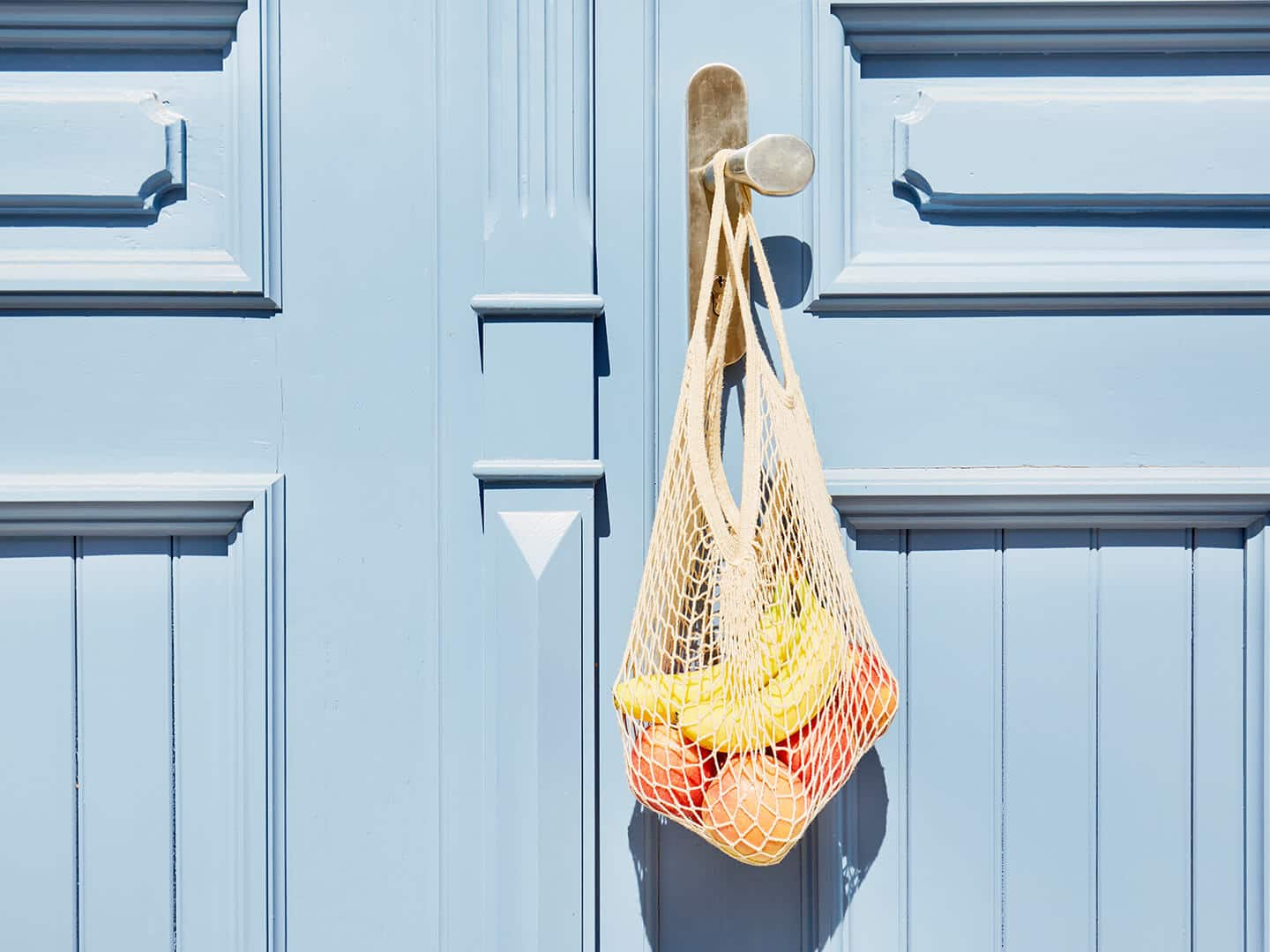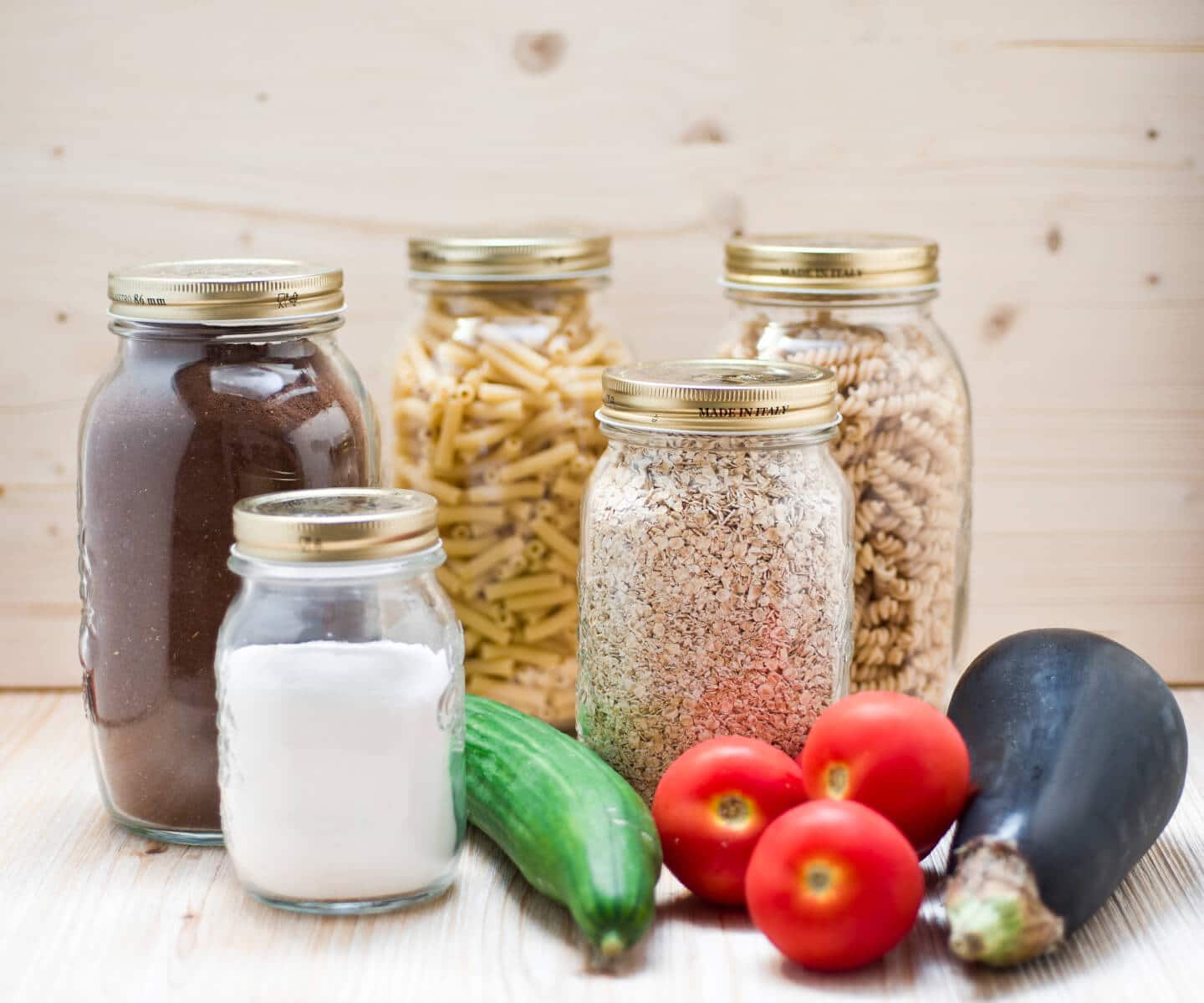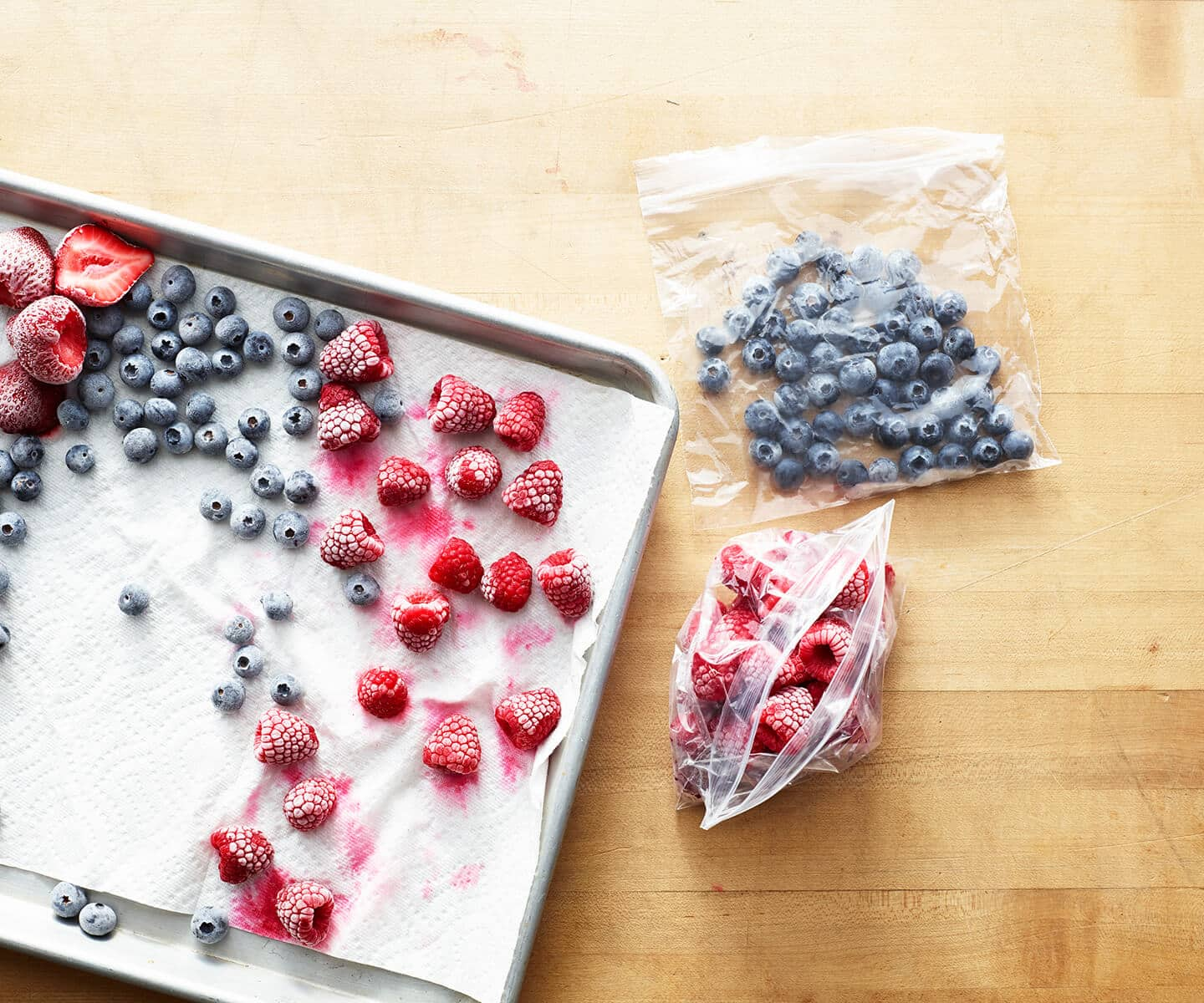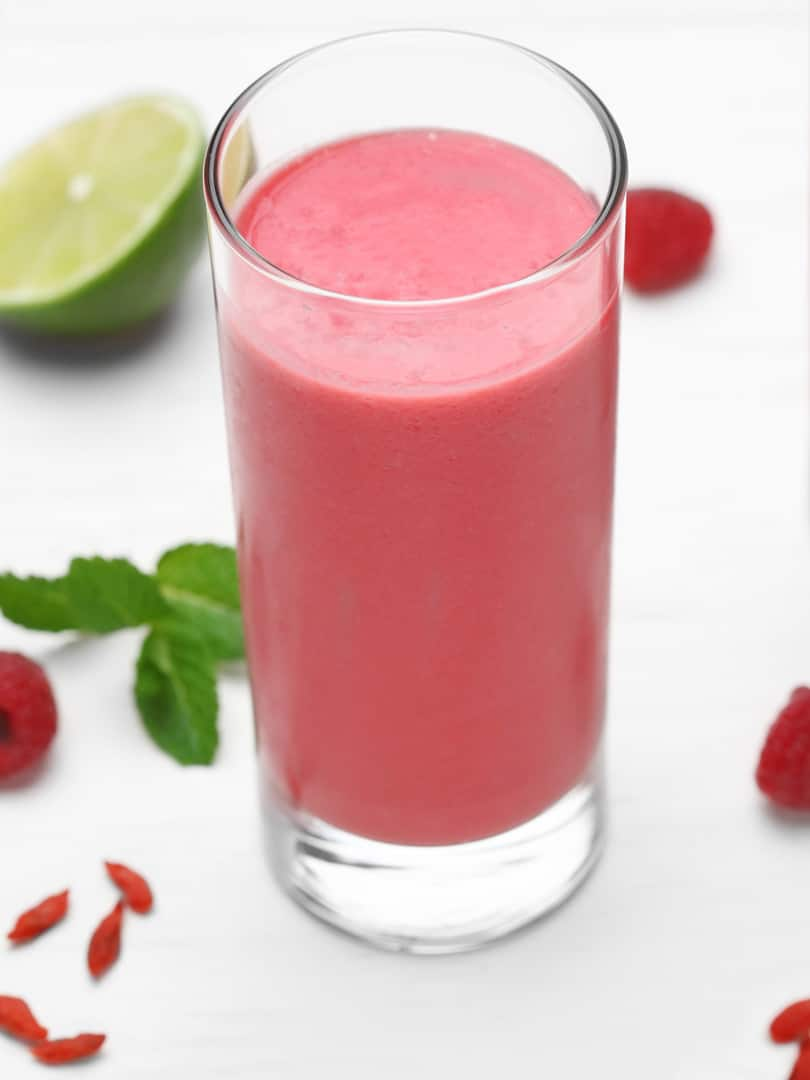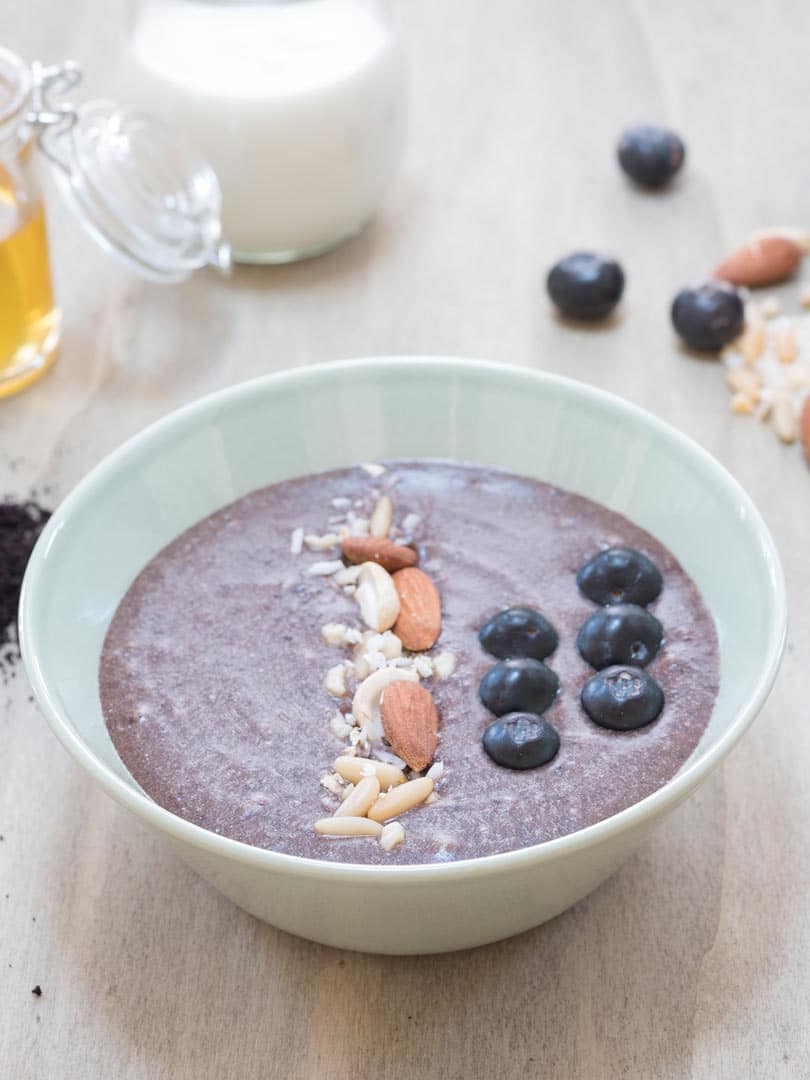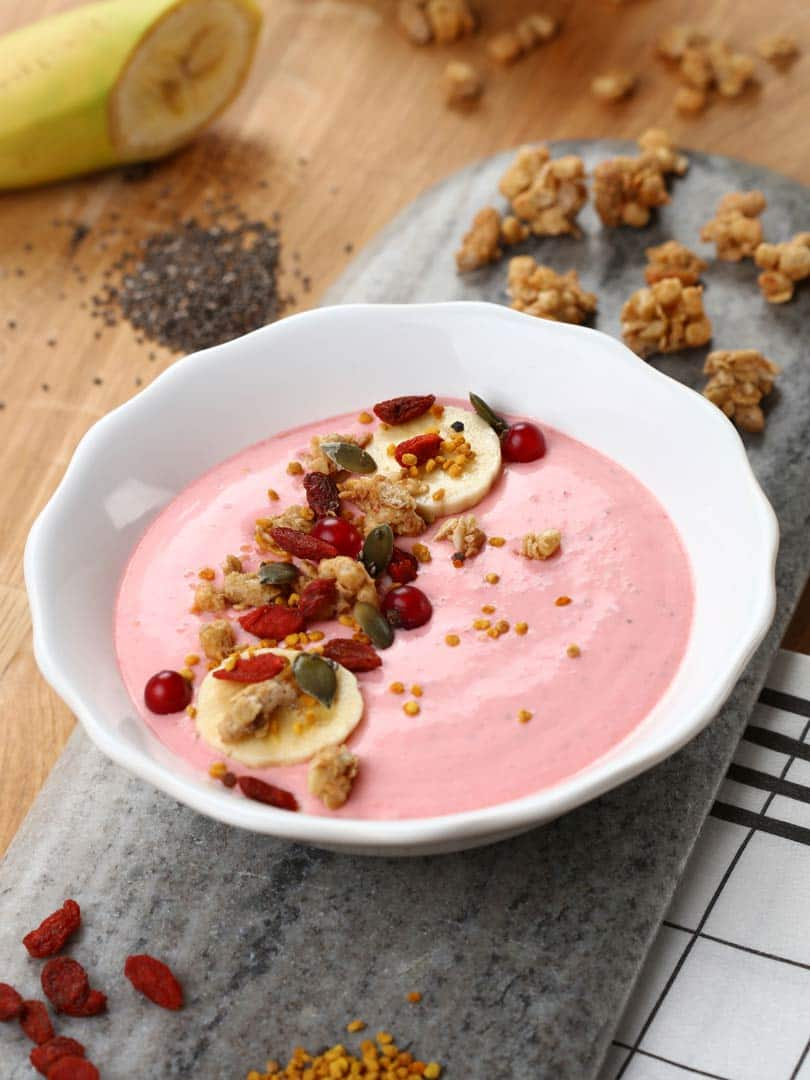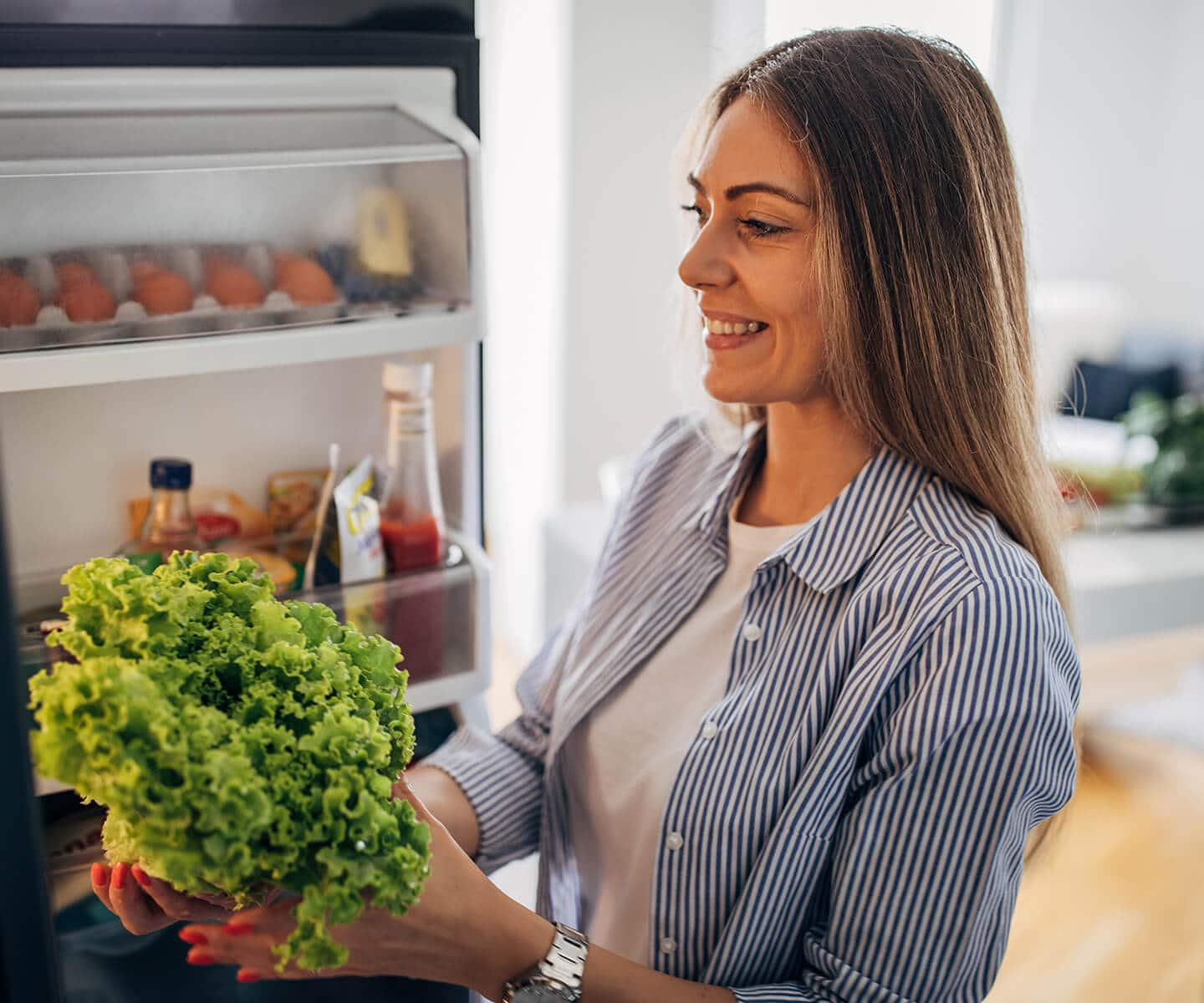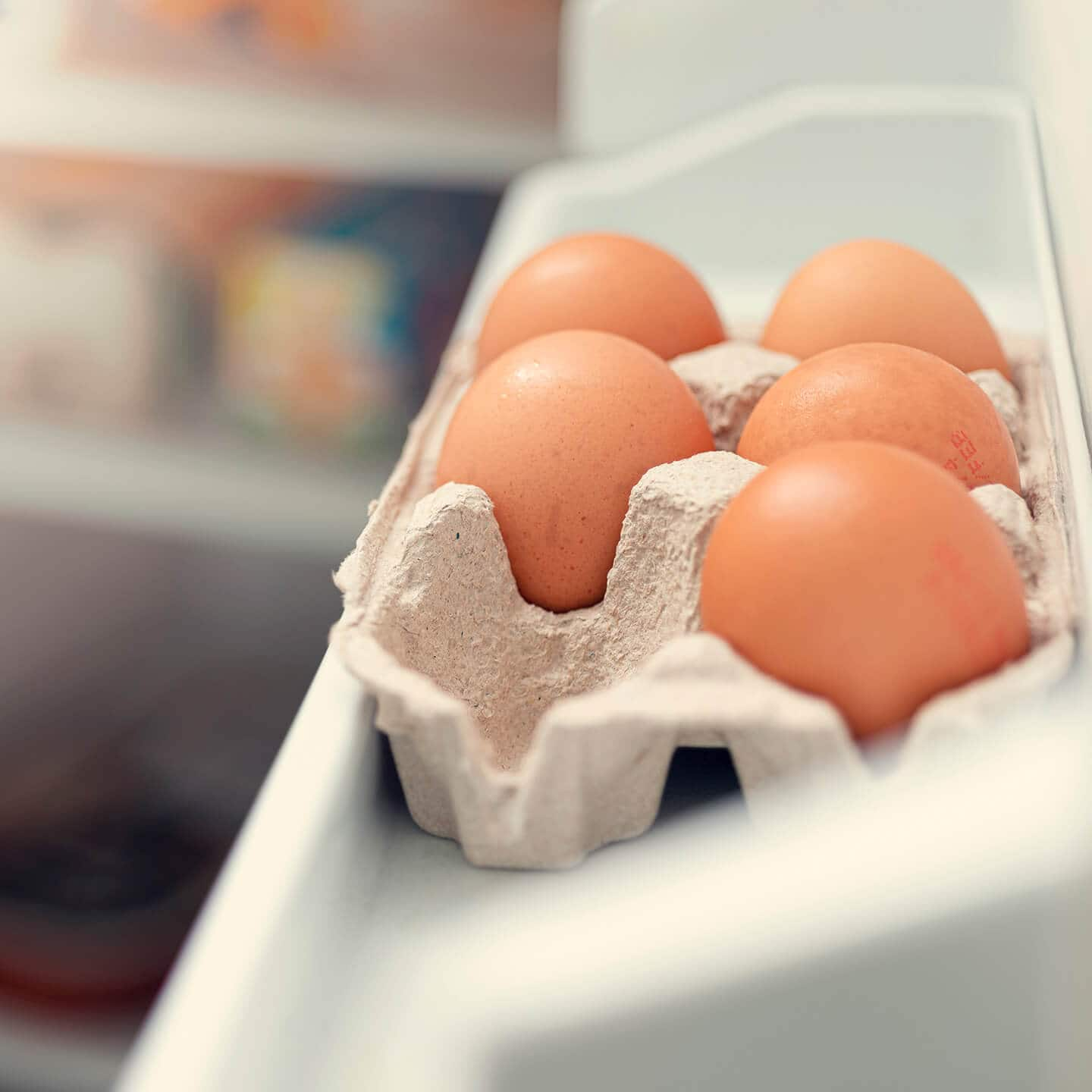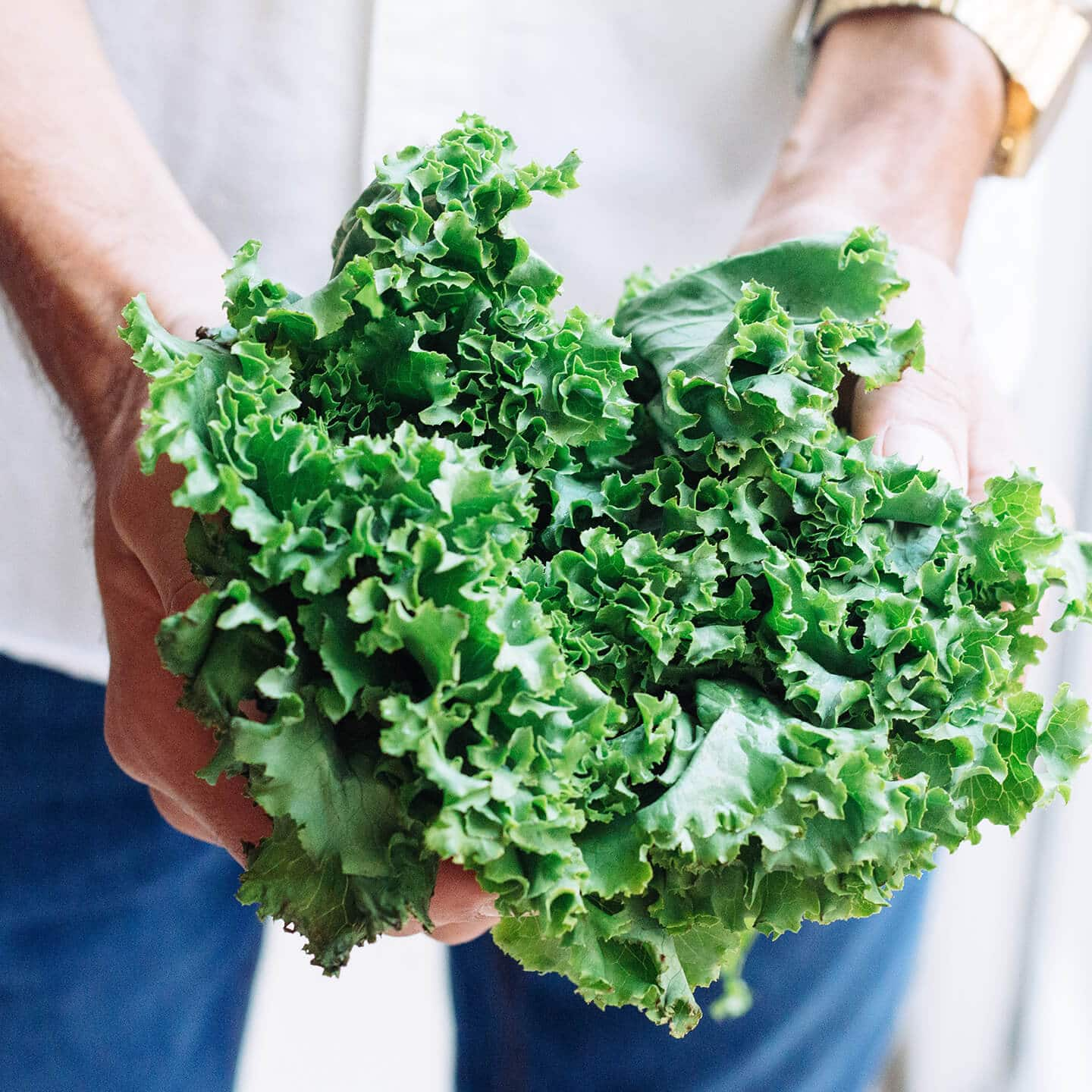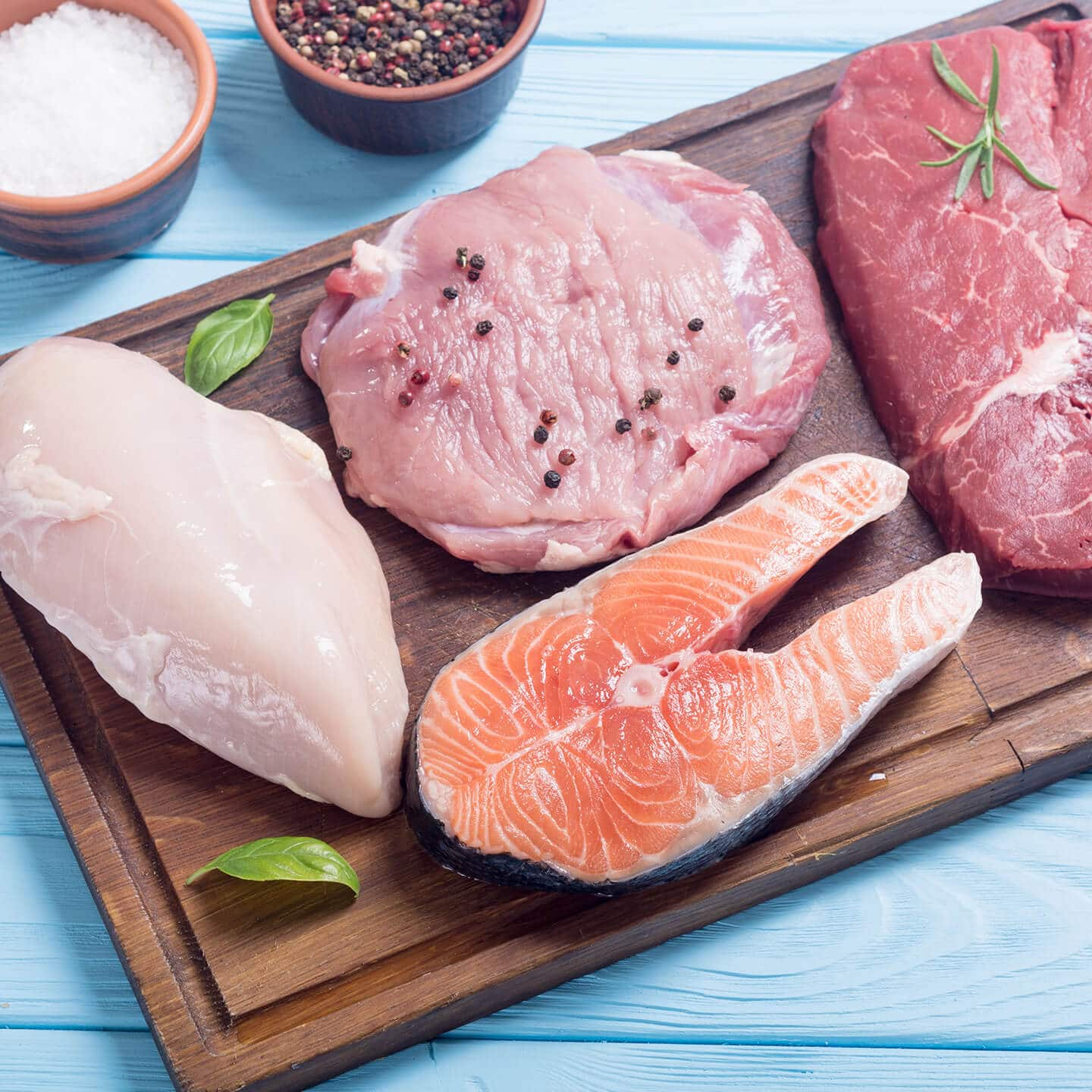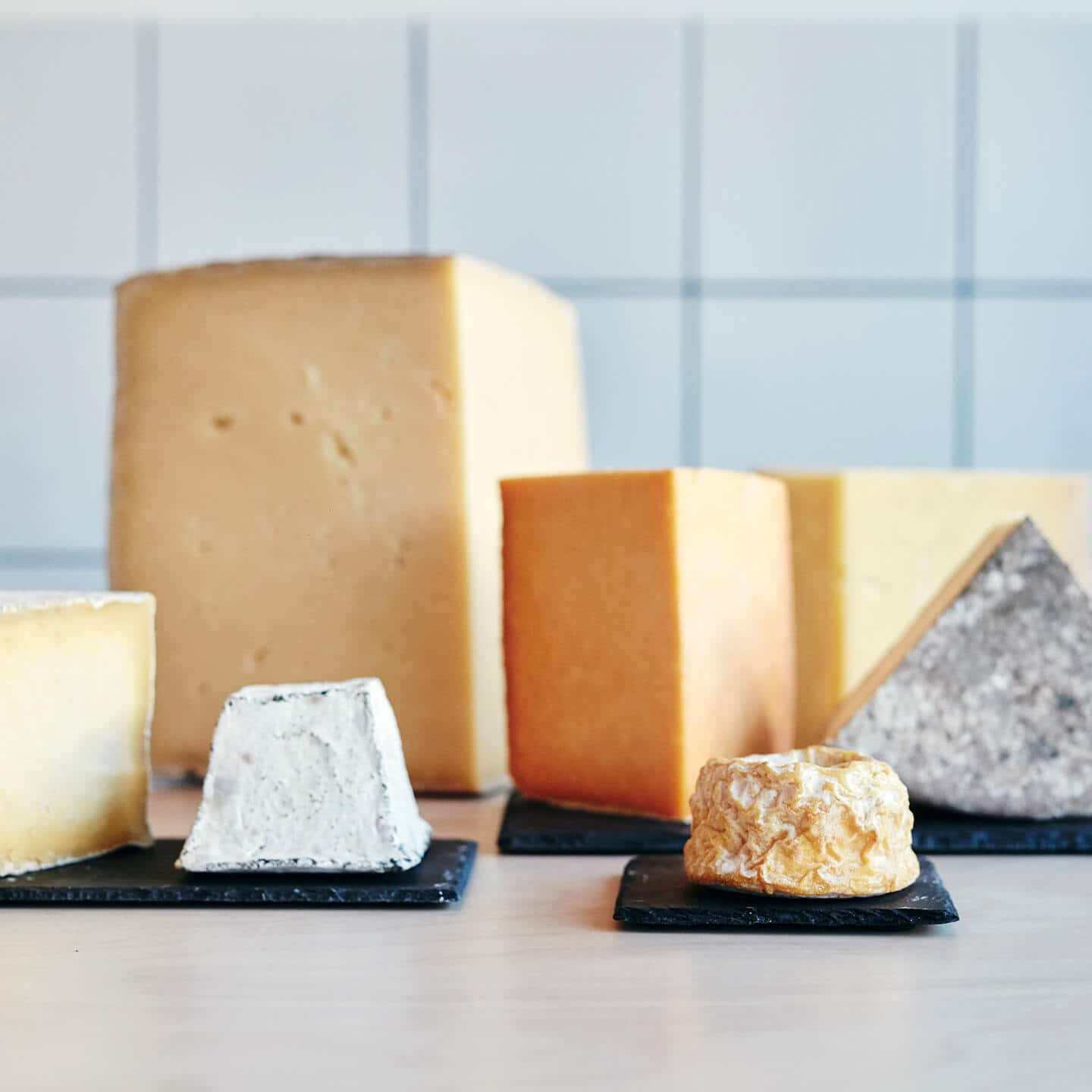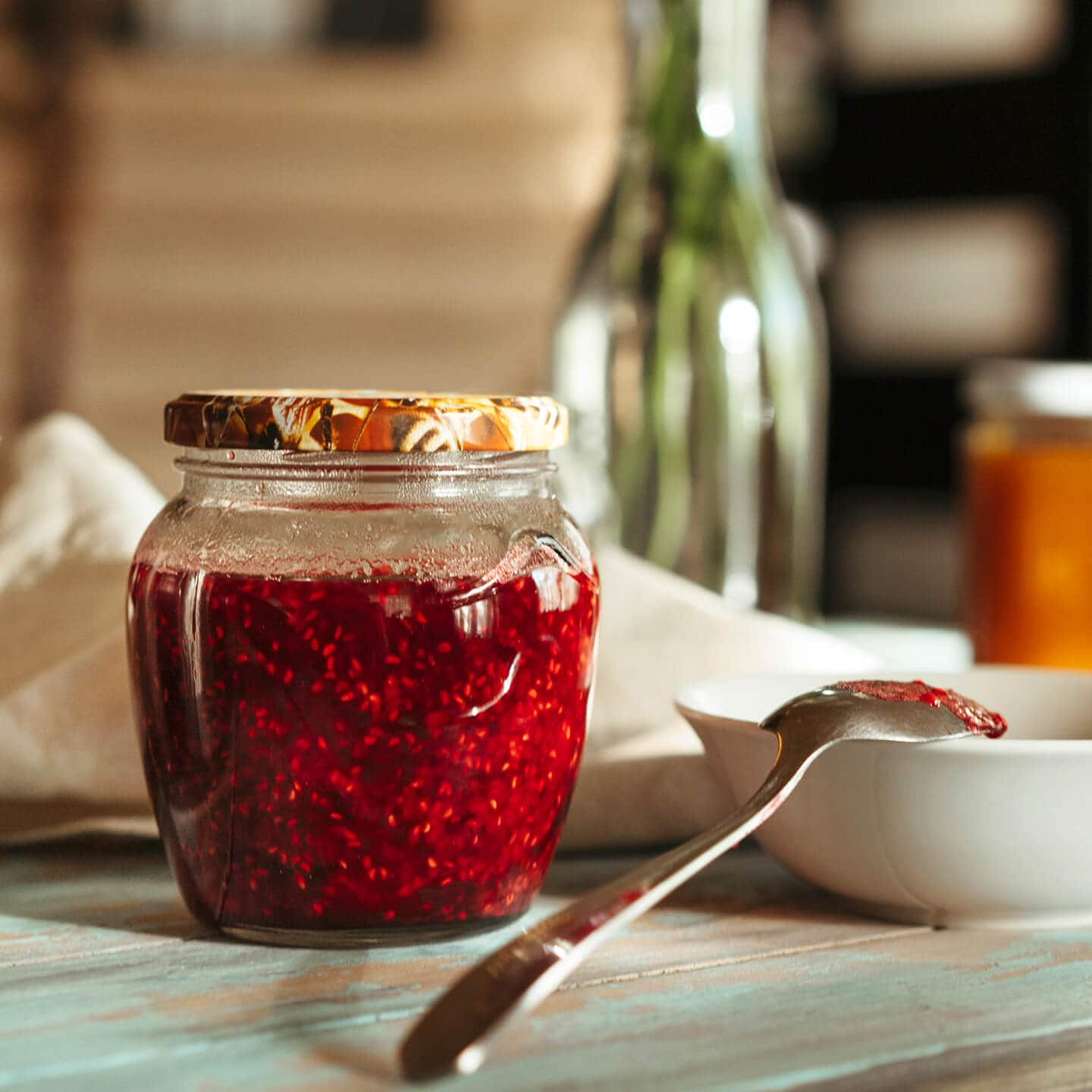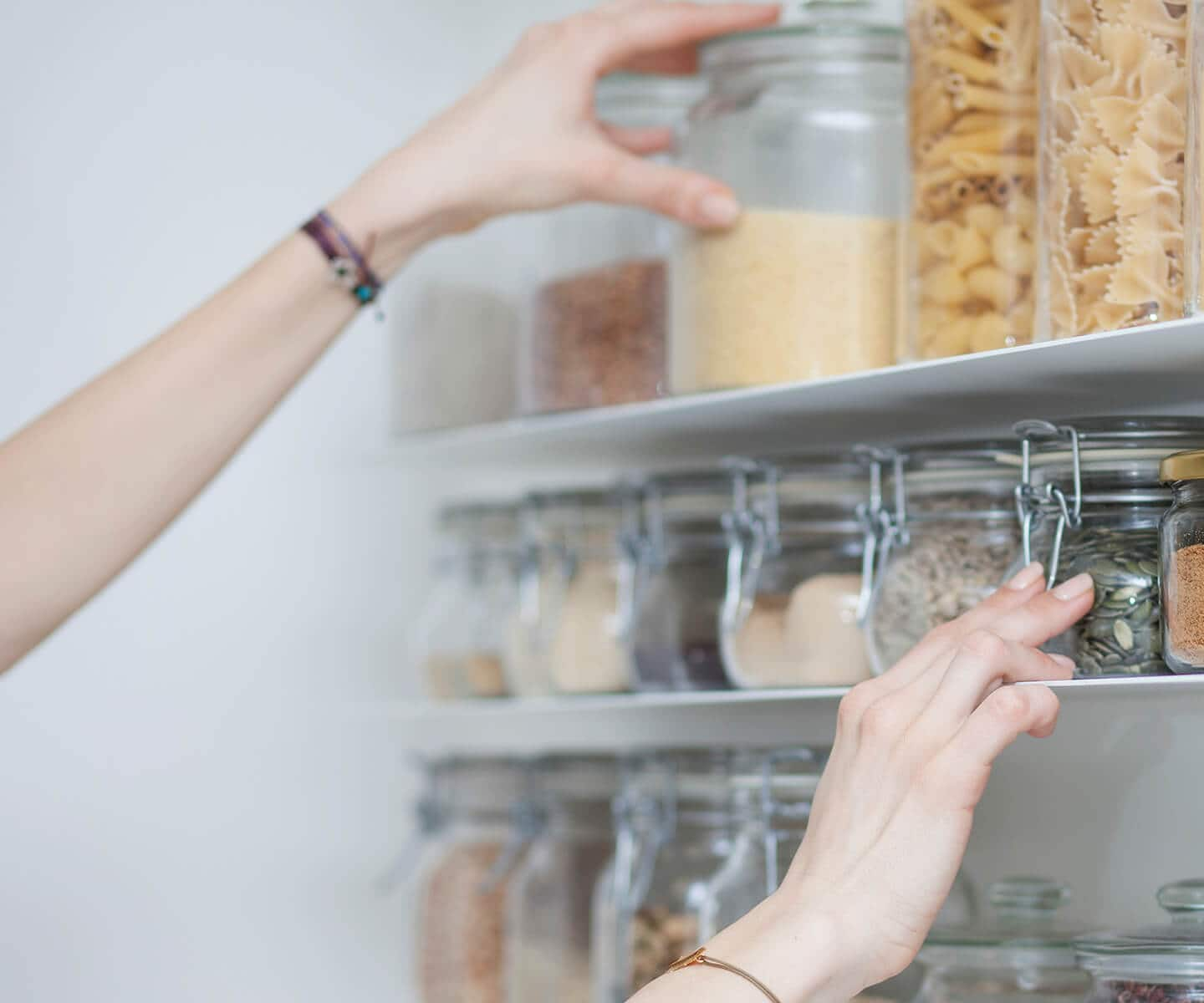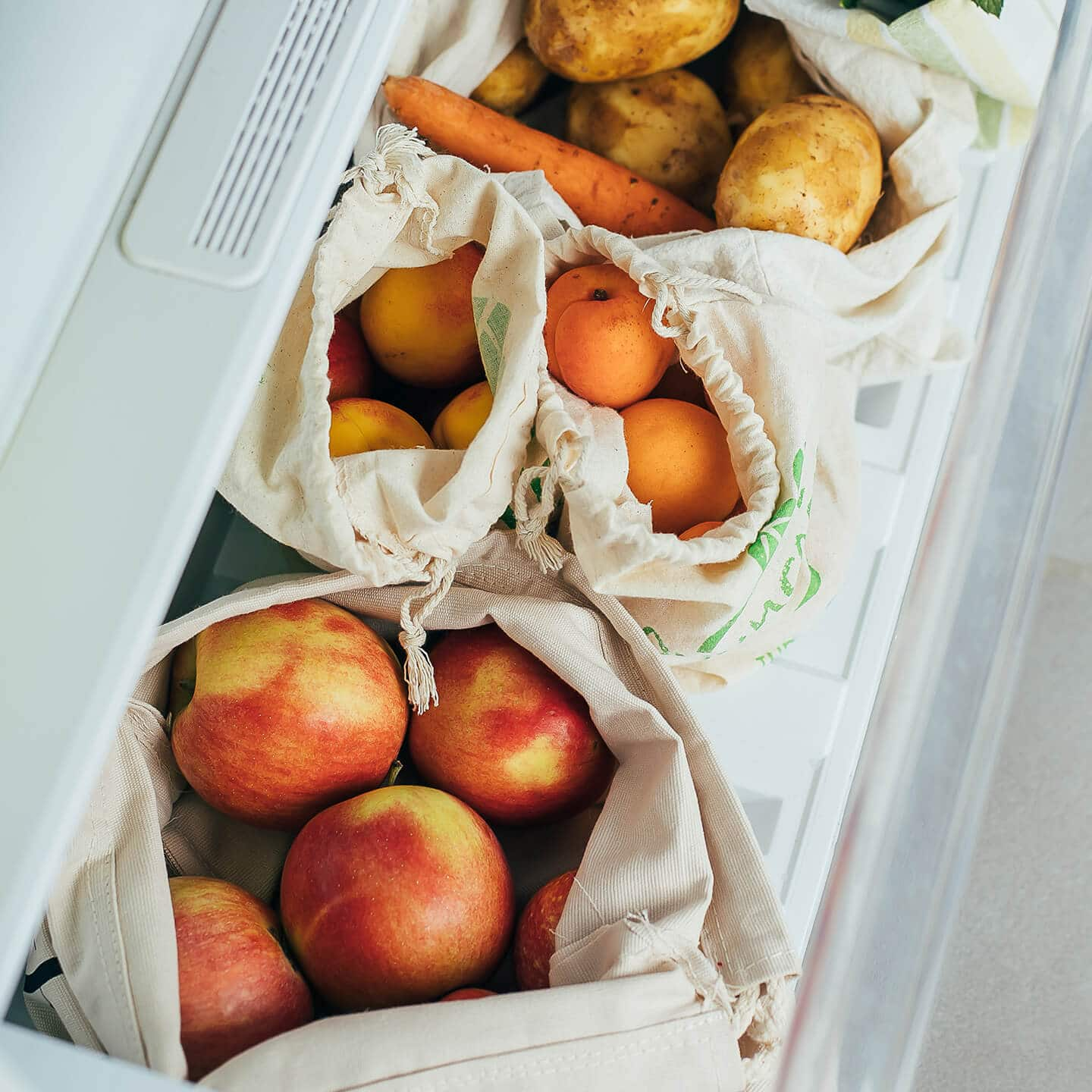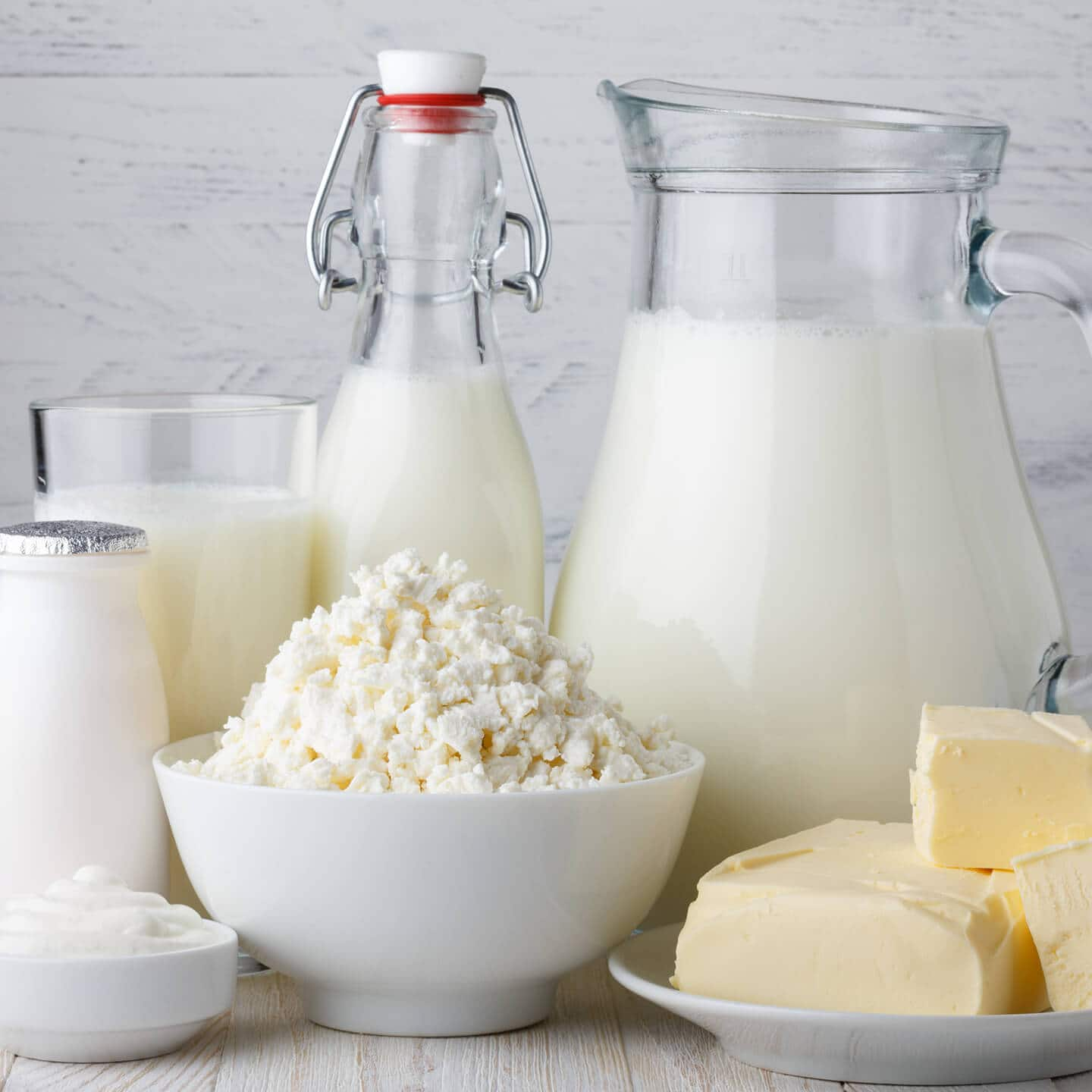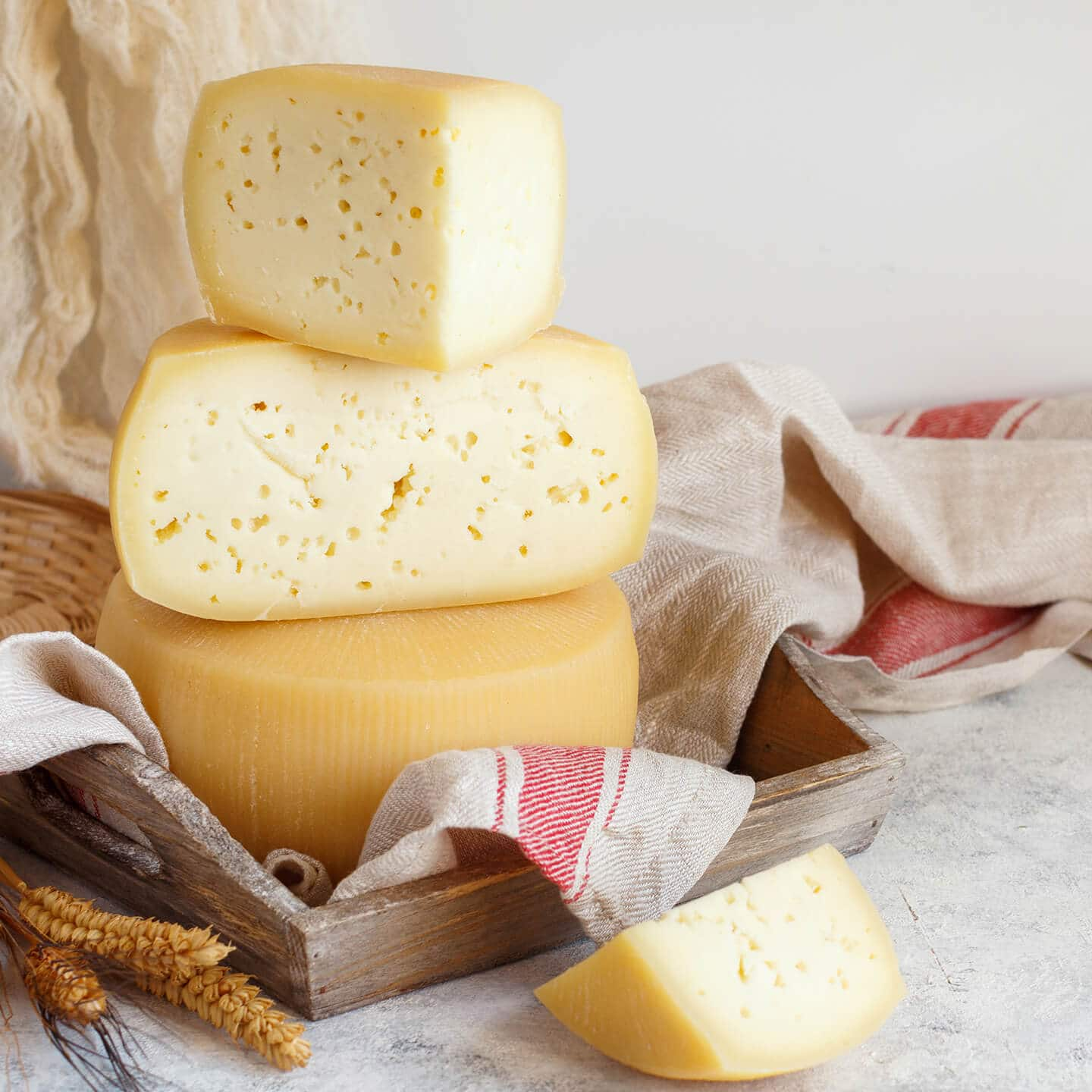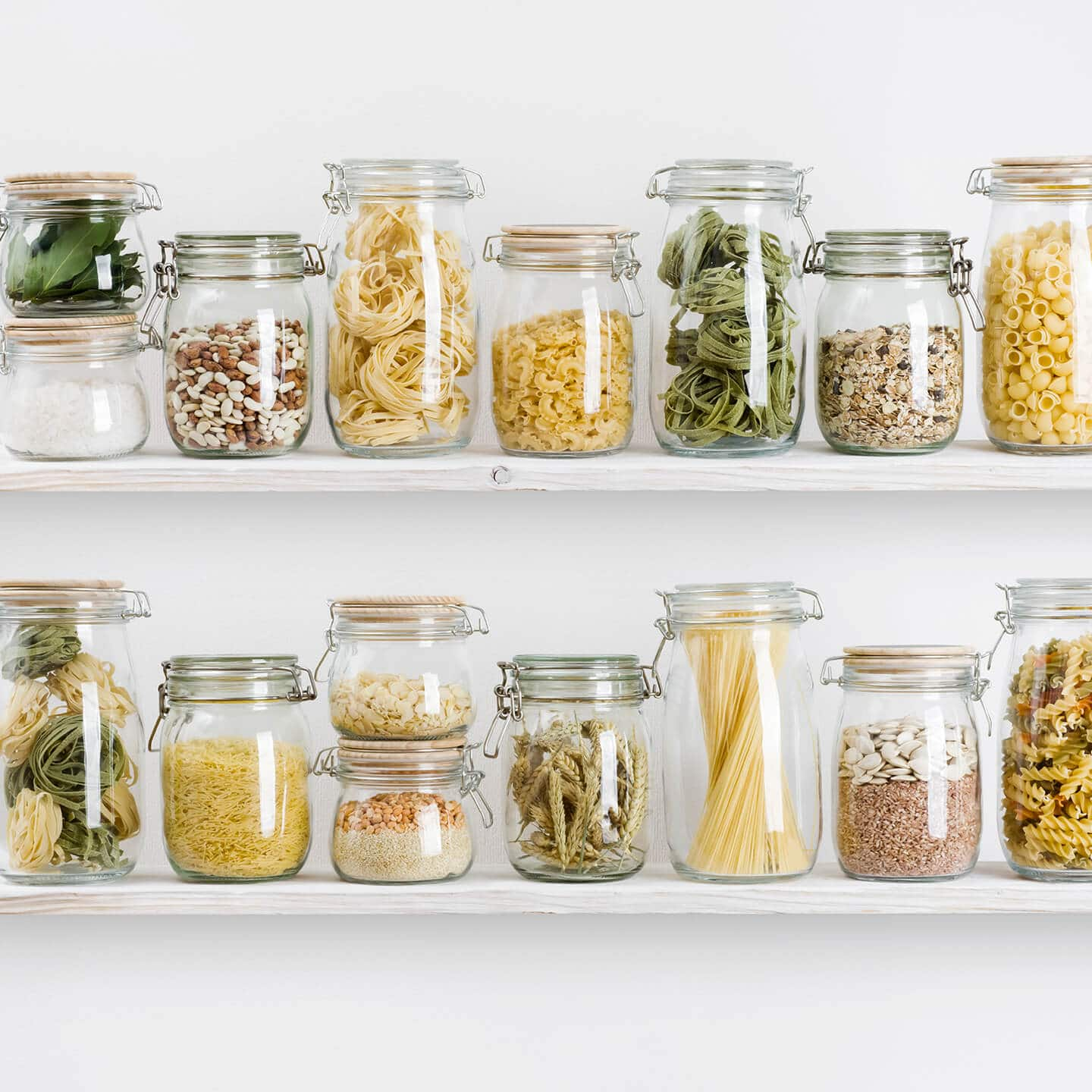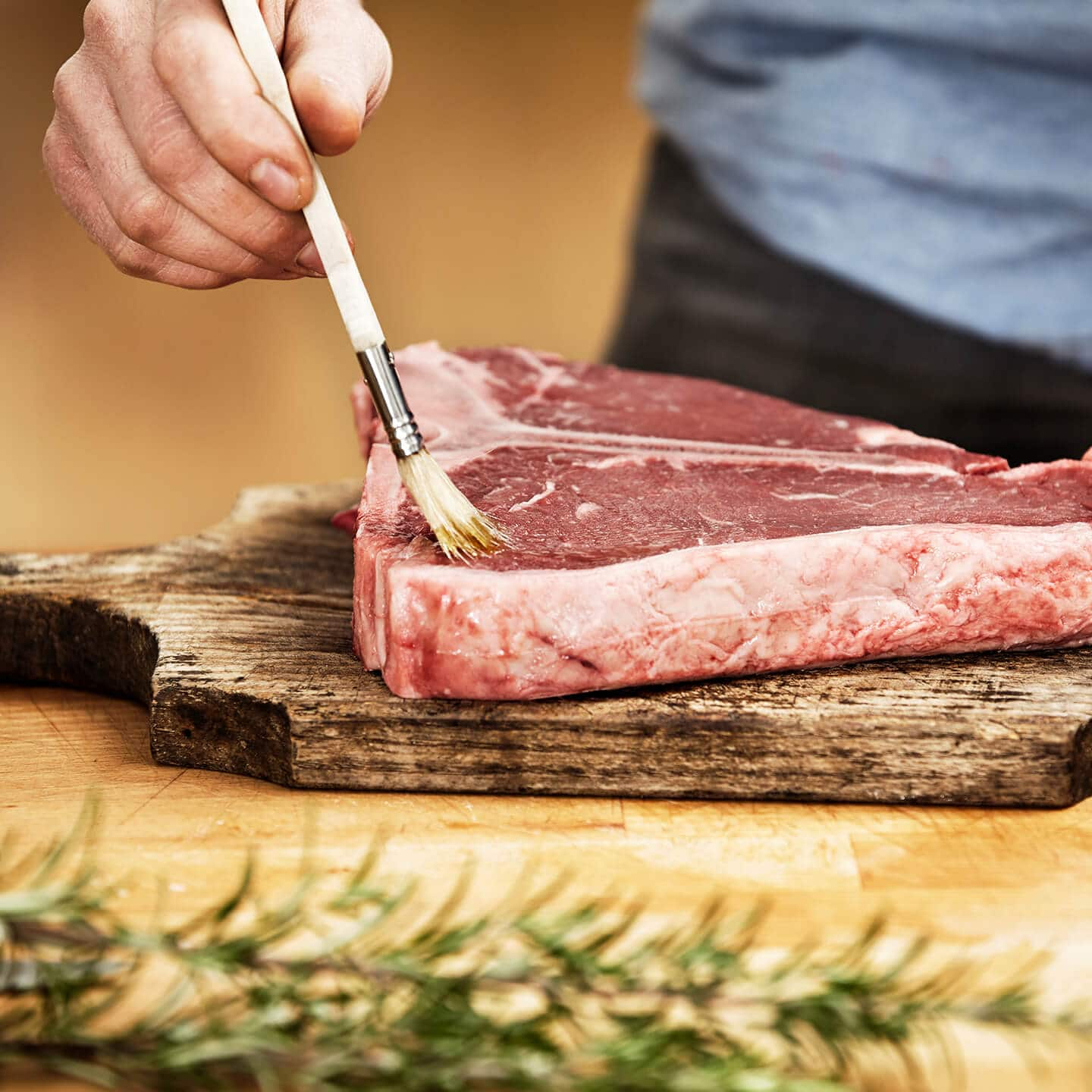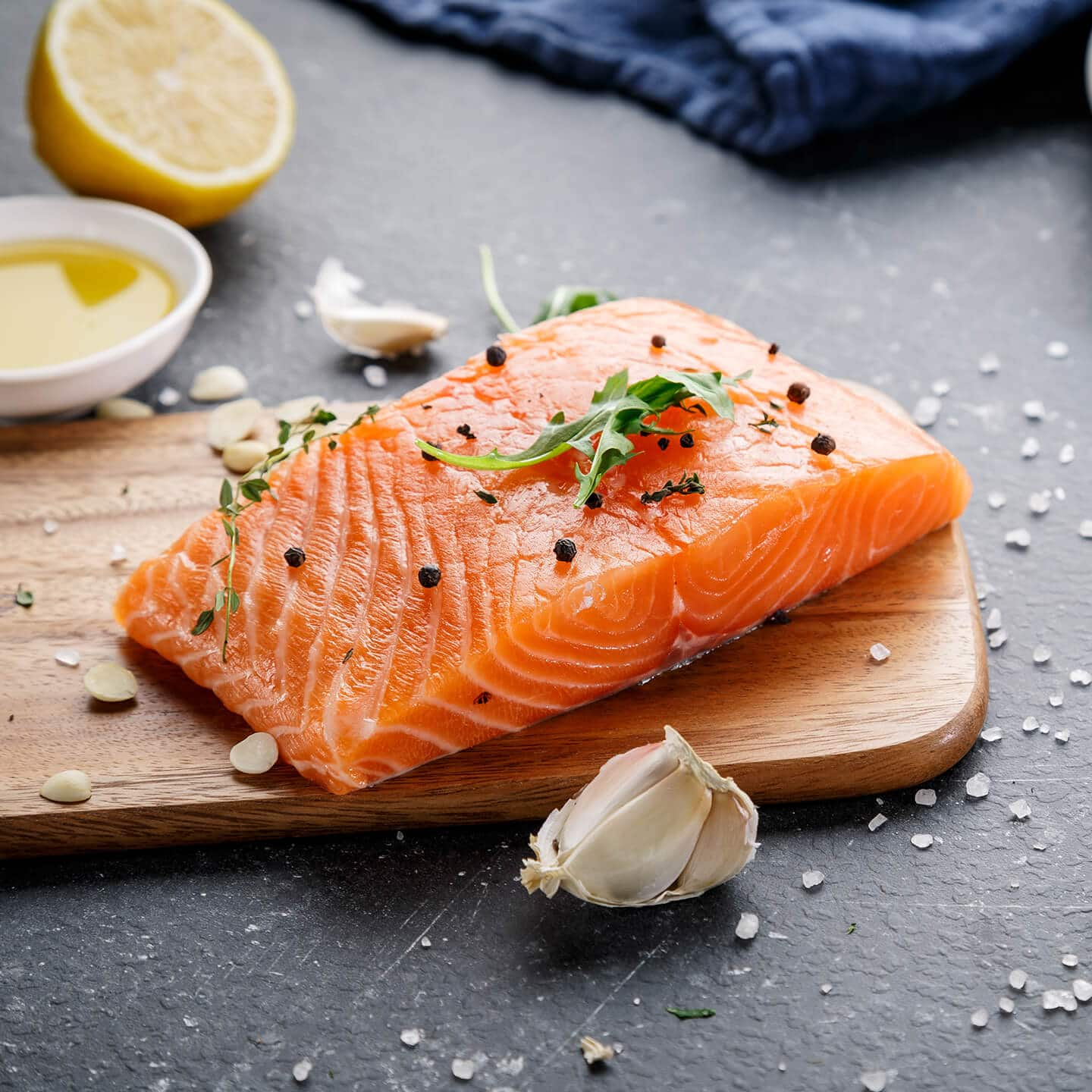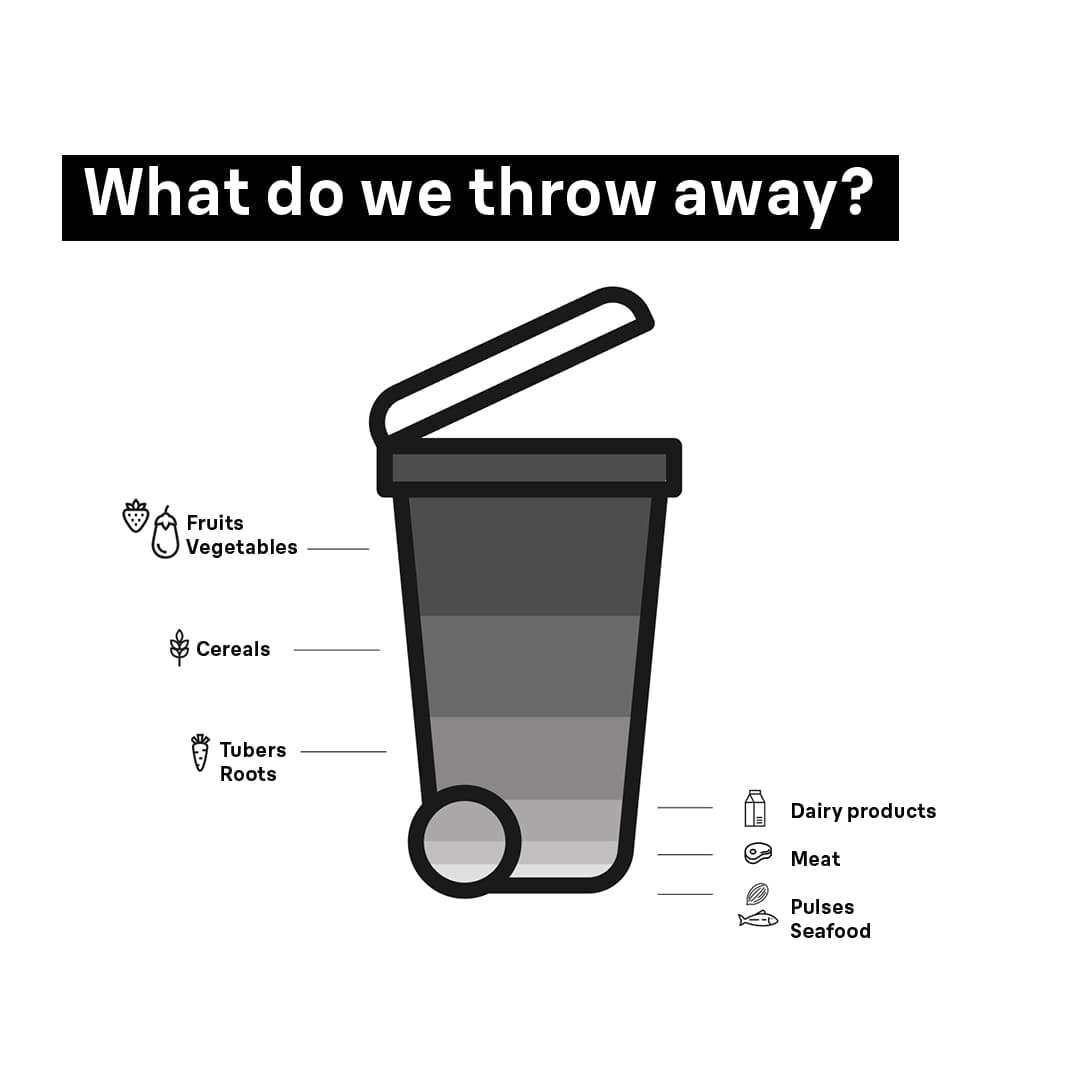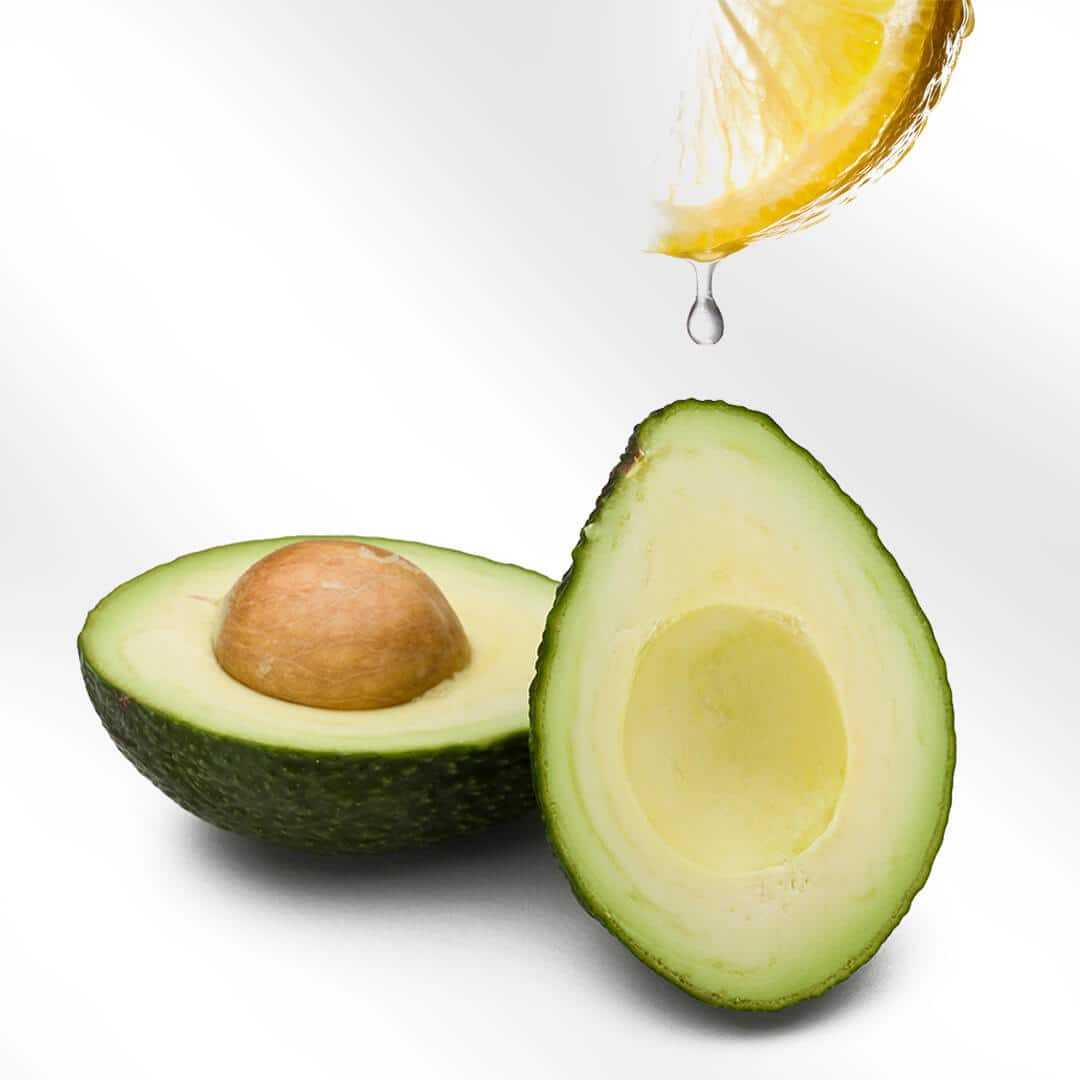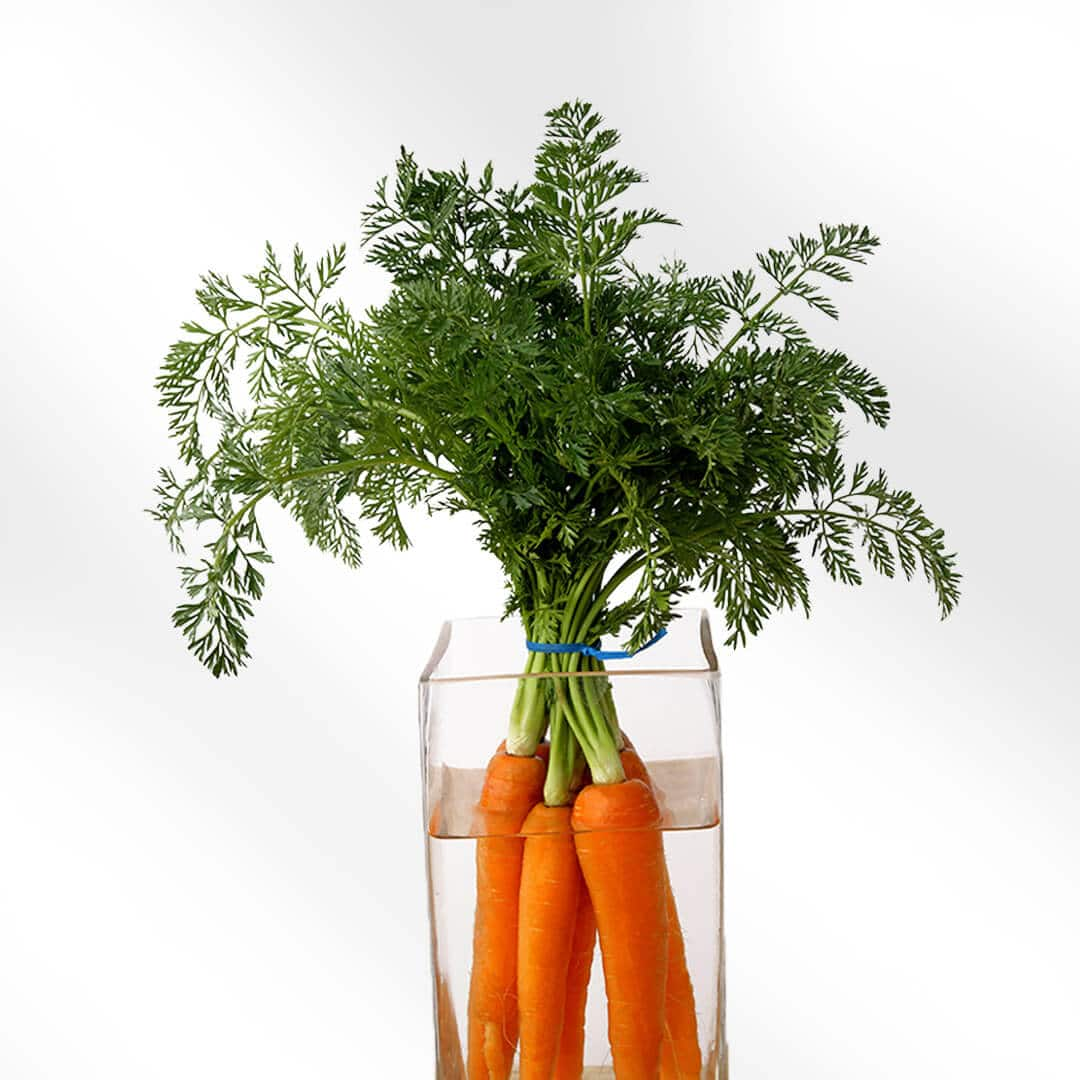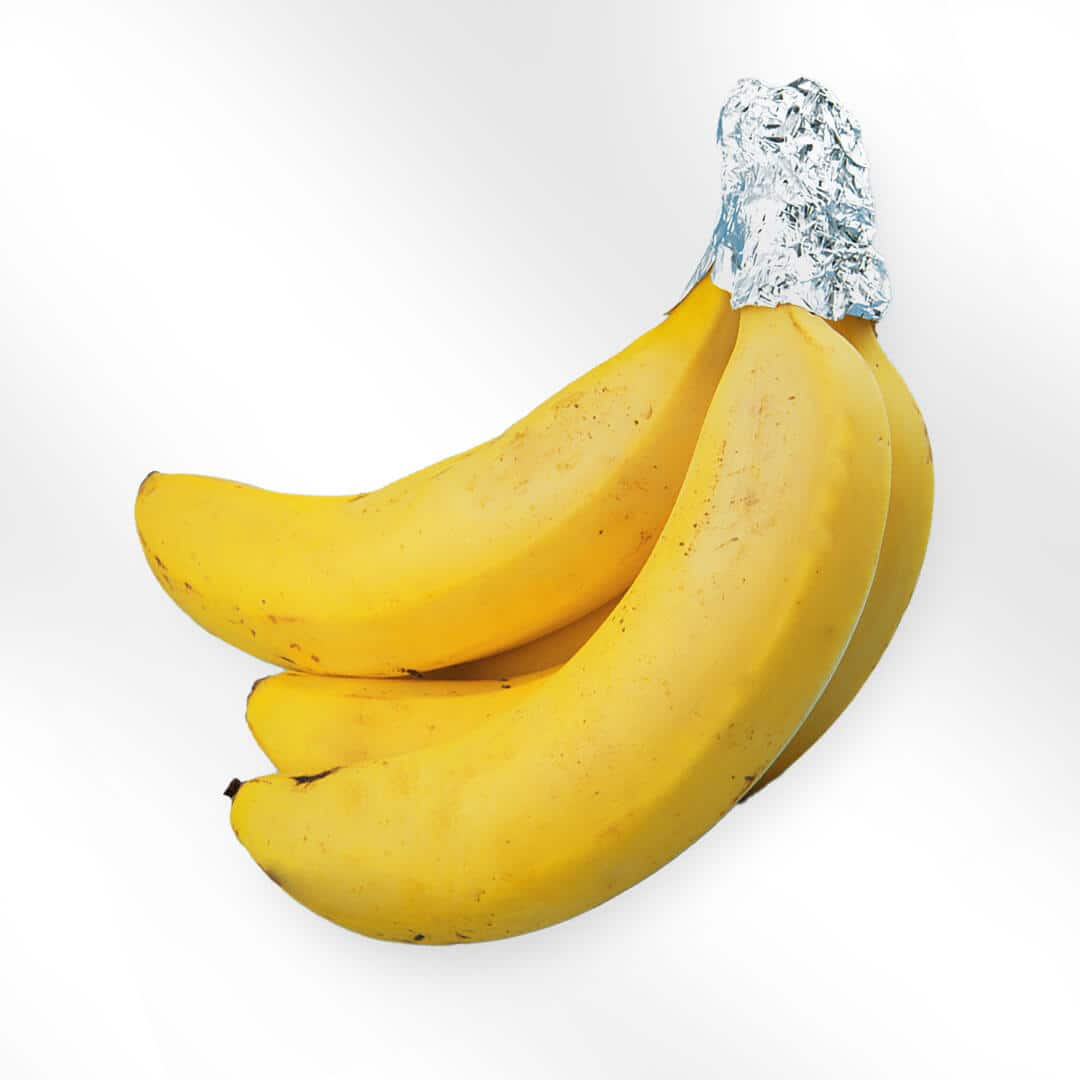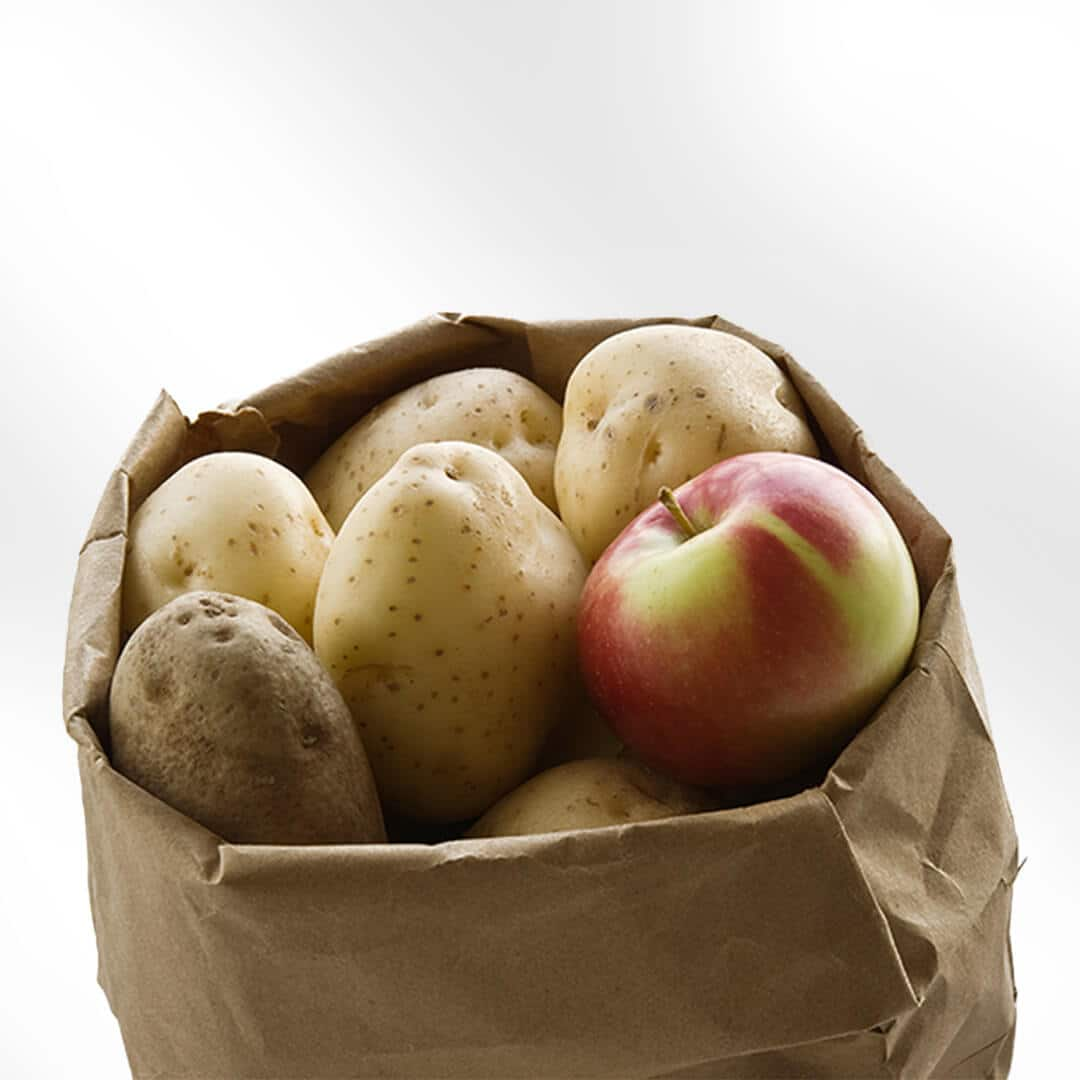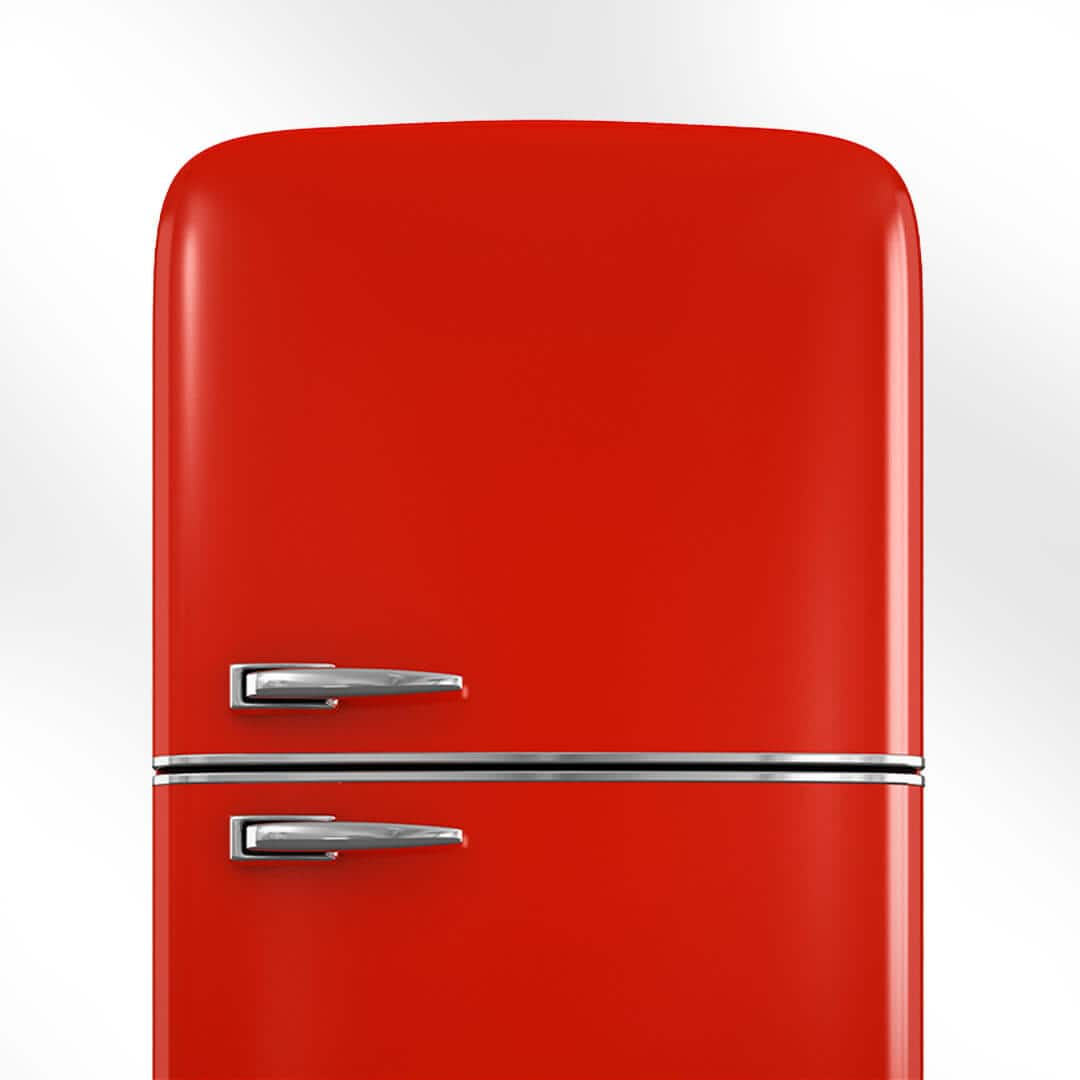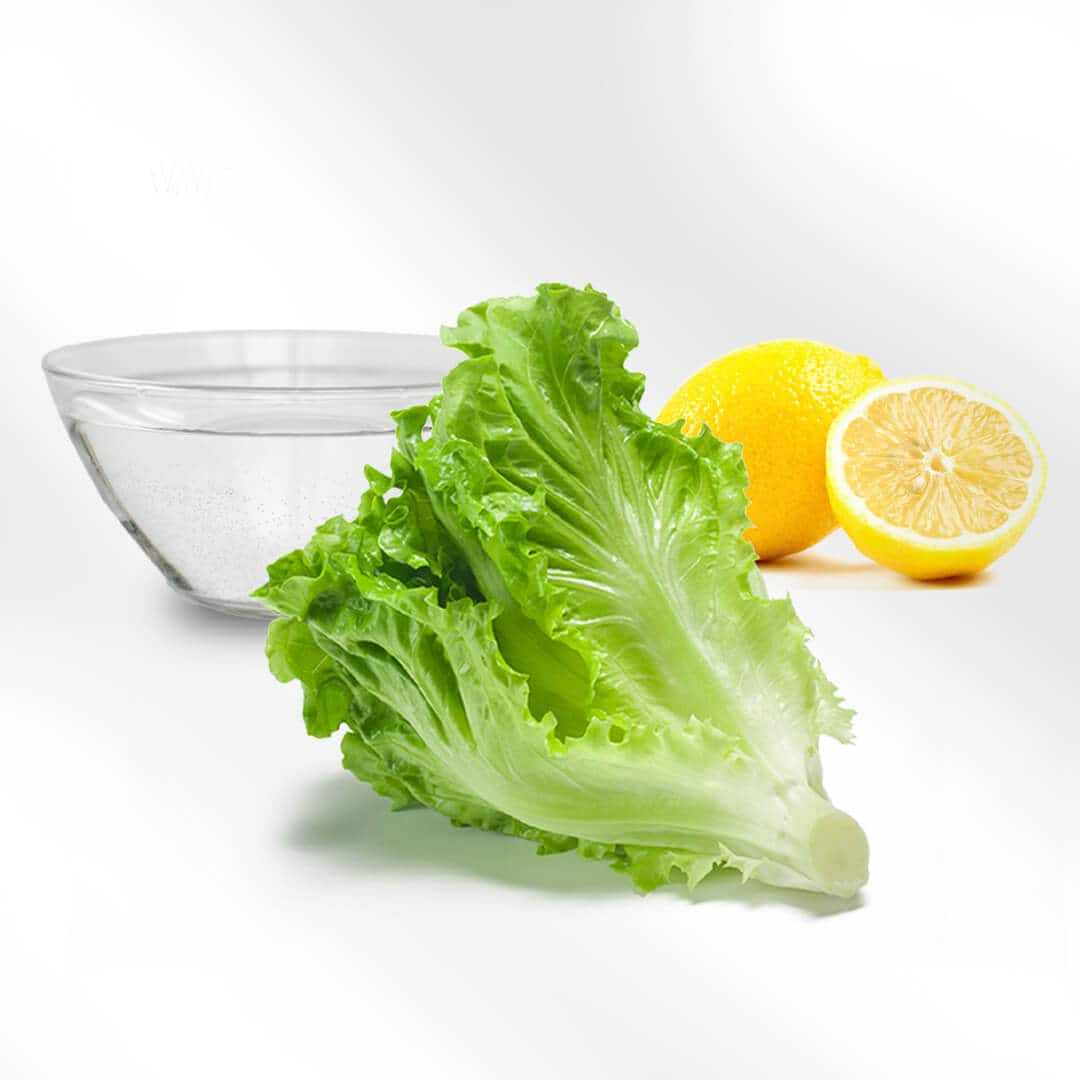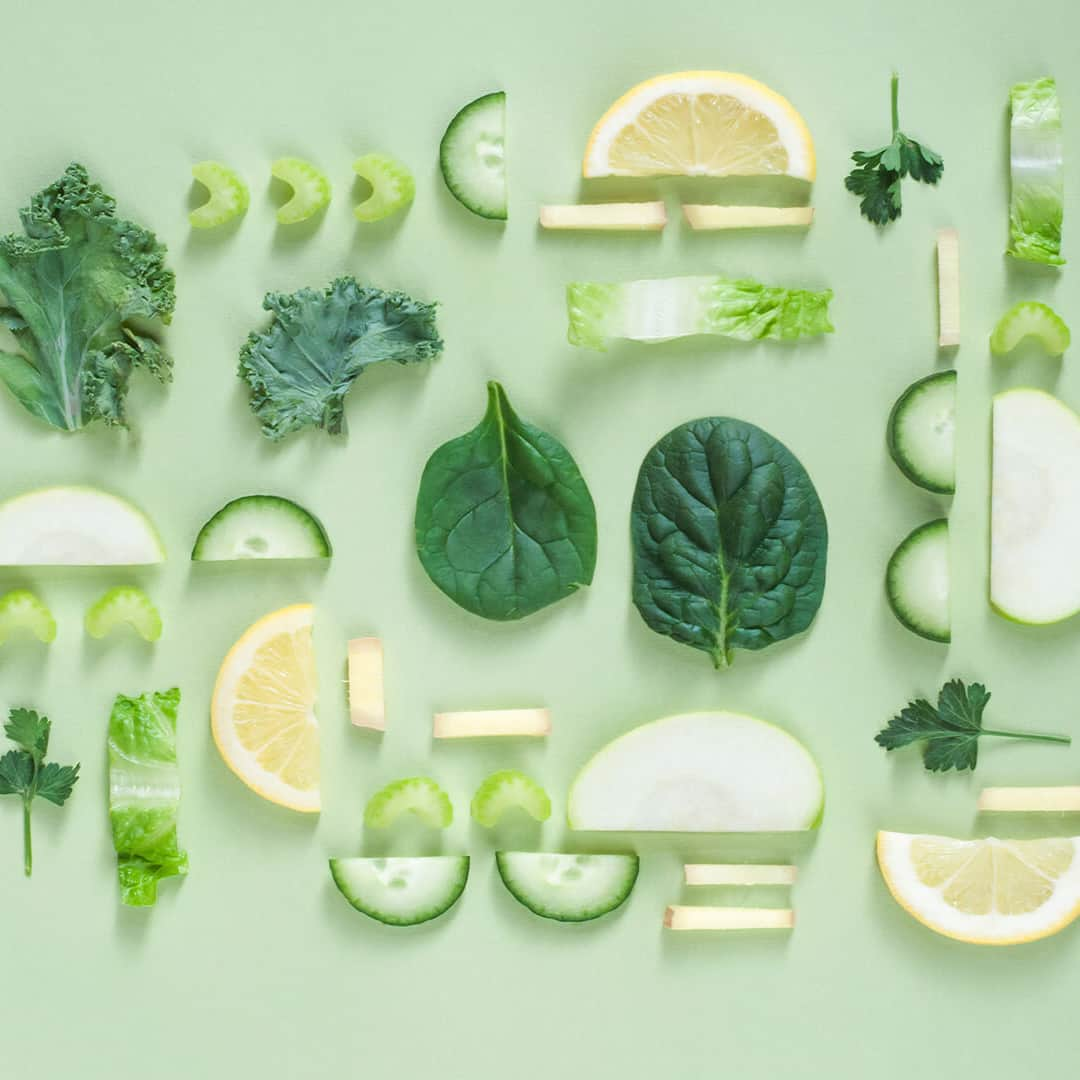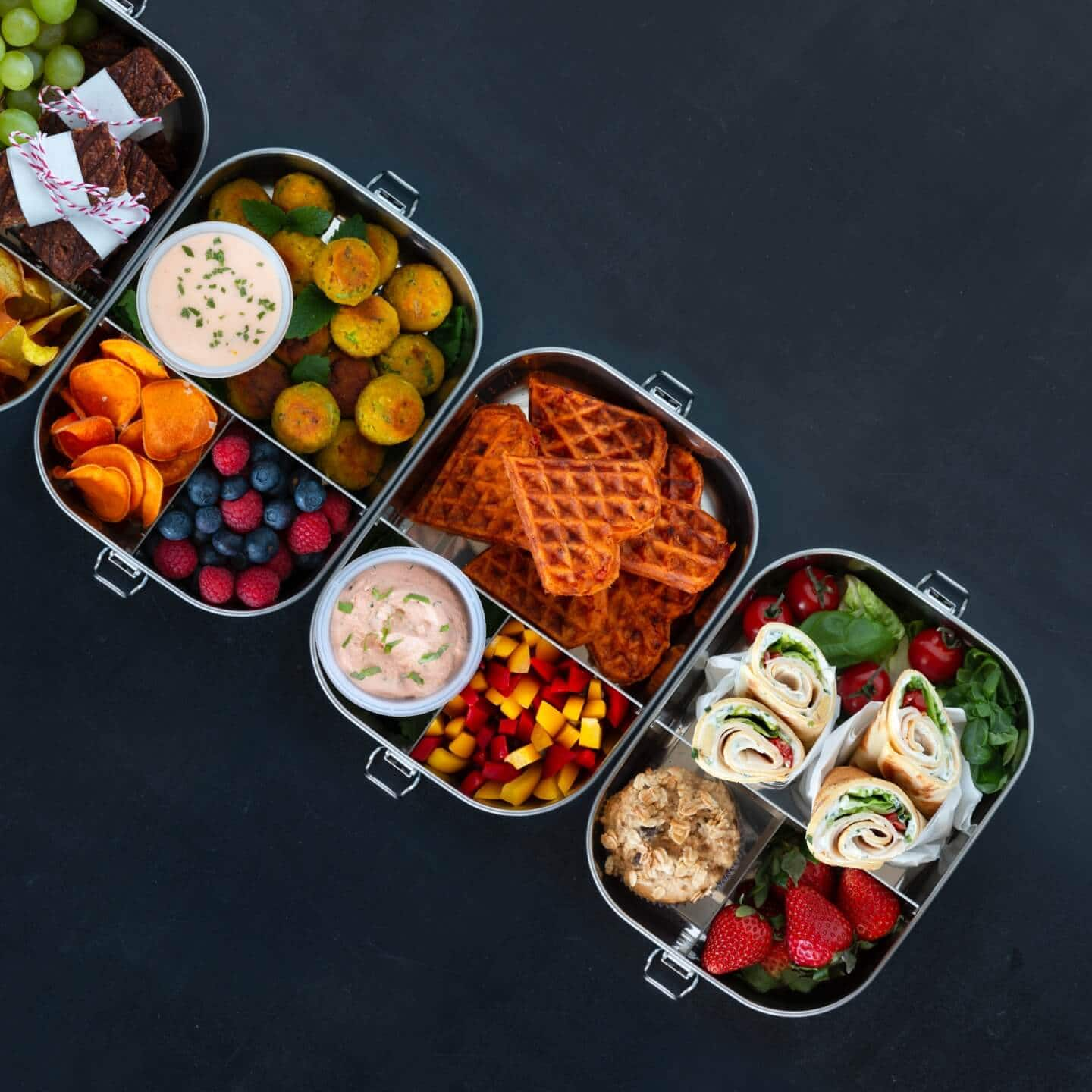Waardoor bederft voedsel eigenlijk?
Warm of koud, vochtig of droog, niet alle etenswaren houden van dezelfde omstandigheden. Als ze niet op de juiste manier bewaard worden, verliezen ze hun smaak en zullen ze sneller bederven. Reden daarvoor zijn fysische, biochemische, chemische en bacteriologische invloeden en veranderingen waaraan producten worden blootgesteld. Voedsel kan ook door ongedierte worden aangetast.
Microbieel bederf wordt veroorzaak door bacteriën, schimmels en gisten. Als gevolg daarvan gaat voedsel rotten, fermenteren of schimmelen en soms ziektekiemen ontwikkelen. Deze processen evenals de houdbaarheid van etenswaren worden met name beïnvloed door fysische omstandigheden zoals warmte, koud en vocht.
Bovendien activeren enzymen in voedsel biochemische veranderingen, waardoor onder meer vitaminen, pigmenten en smaak verminderen. Vet wordt ranzig door chemisch bederf dat wordt getriggerd dor chemische reacties in voedselbestanddelen. Externe factoren zoals licht en lucht kunnen dit proces nog eens versnellen.

































